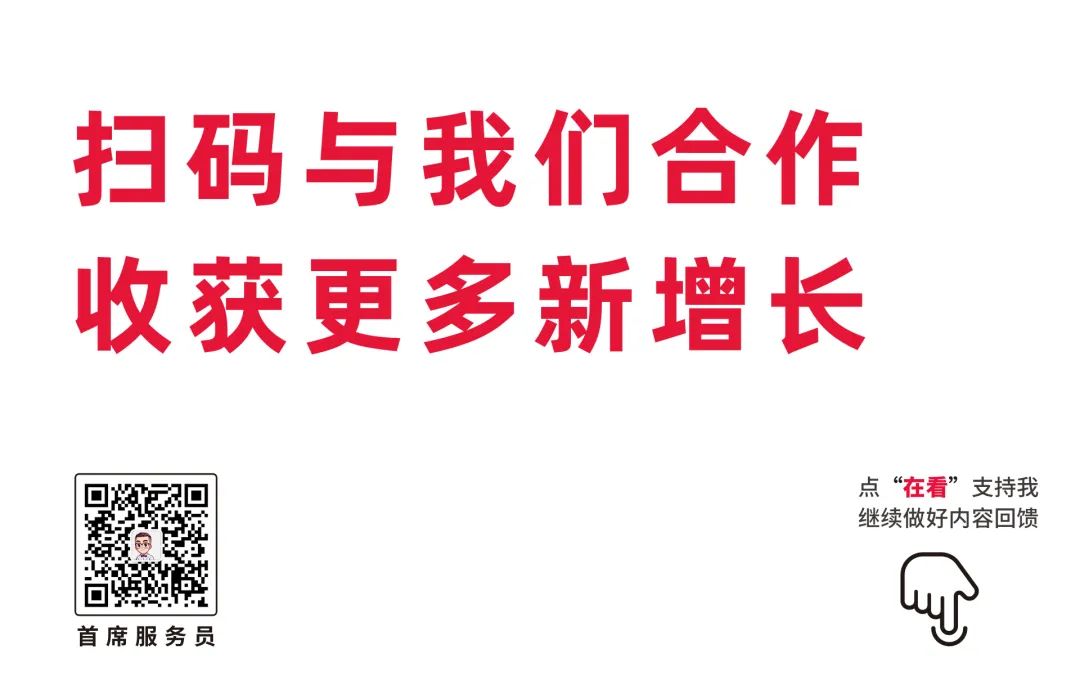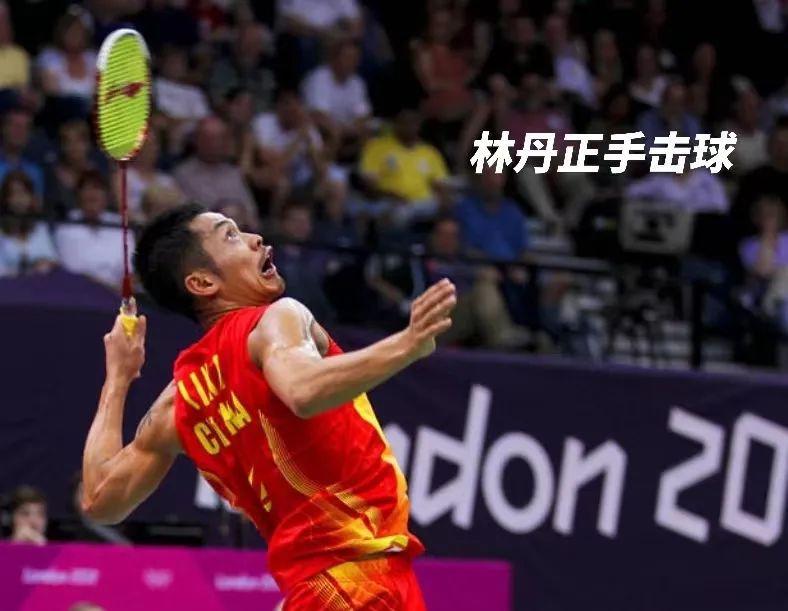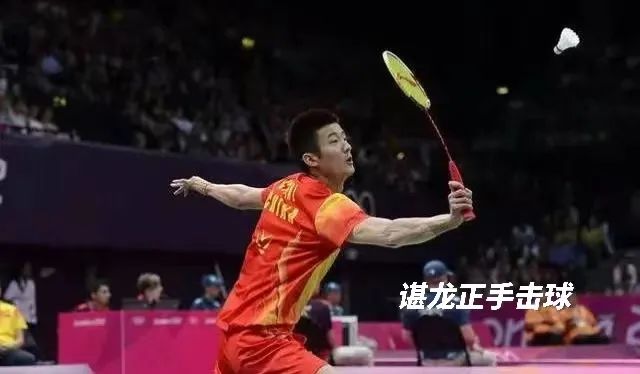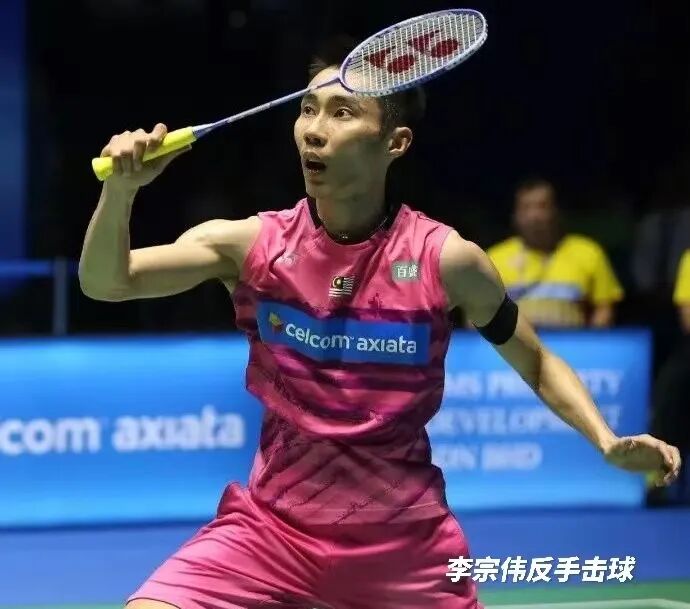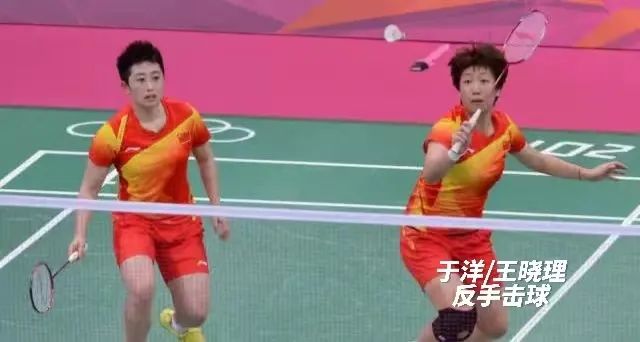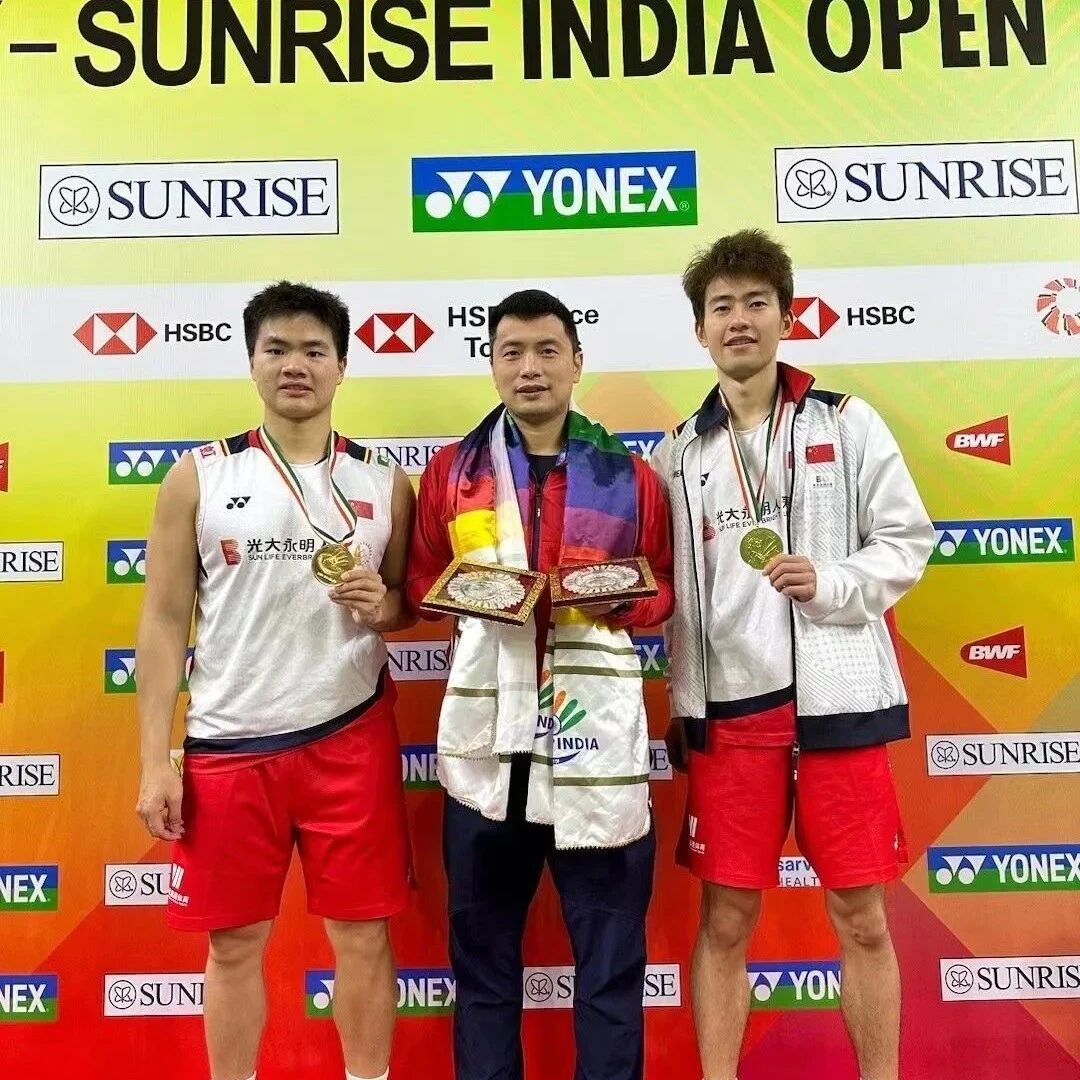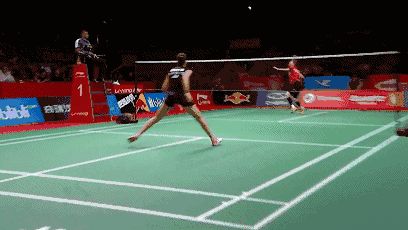Here are several racket-holding positions and training methods commonly used by experts—let’s learn them!
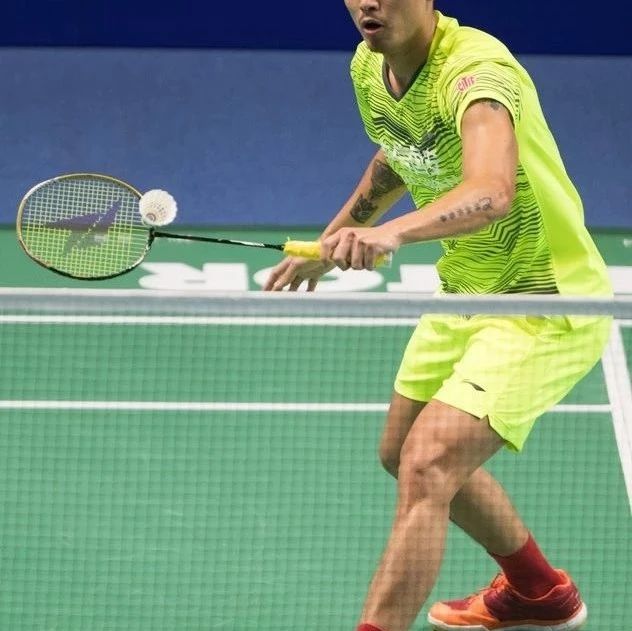
In badminton, the grip positions are divided into several different styles—such as the forehand grip, backhand grip, clamp grip, and hammer grip—depending on individual preferences and playing techniques.
The forehand grip is the most fundamental grip technique in badminton, suitable for nearly all playing styles—and especially ideal for beginners.
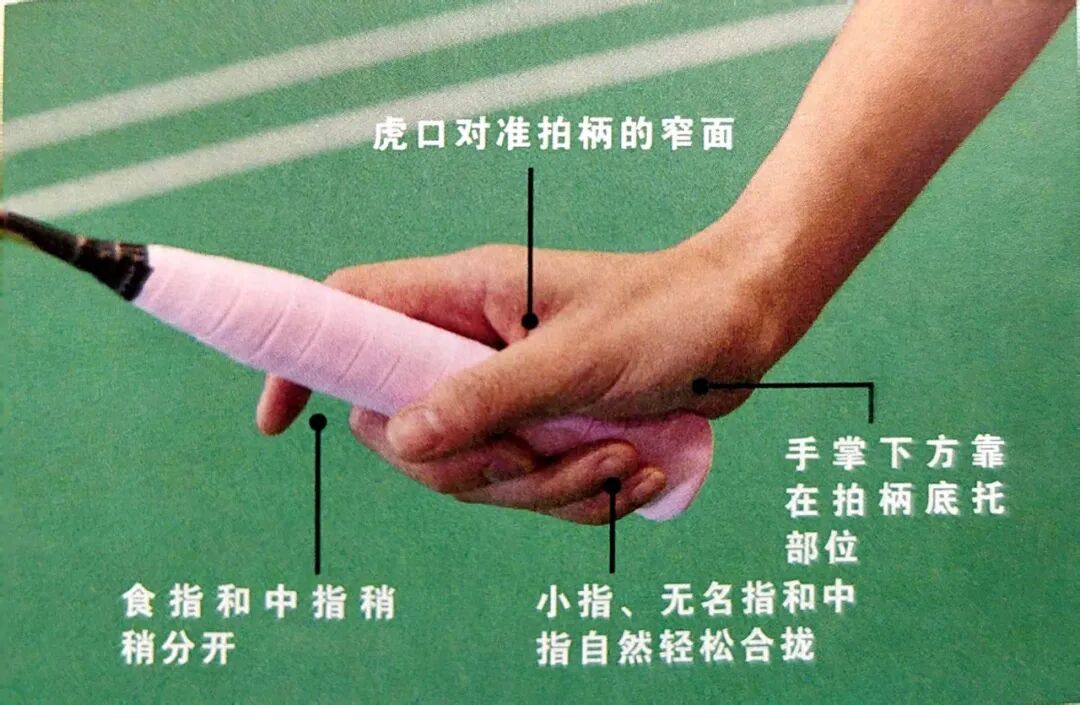
The forehand grip is typically used for forehand strokes with the racket face directed toward the right side of the body, as well as overhead shots in the backcourt.
Whether you're holding the racket in your forehand or backhand grip, your five fingers should remain relaxed yet firm—never gripping too tightly.
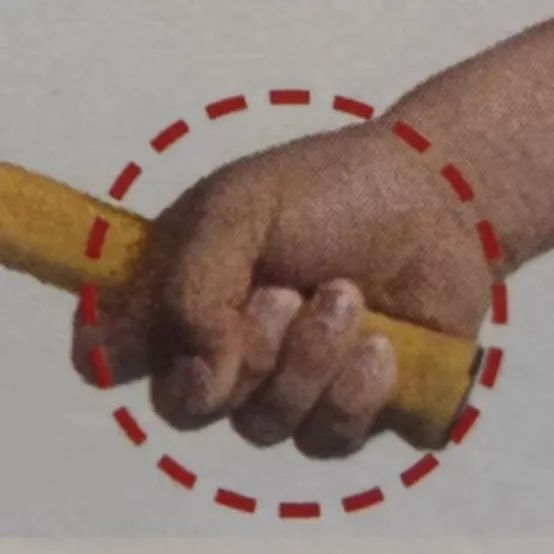
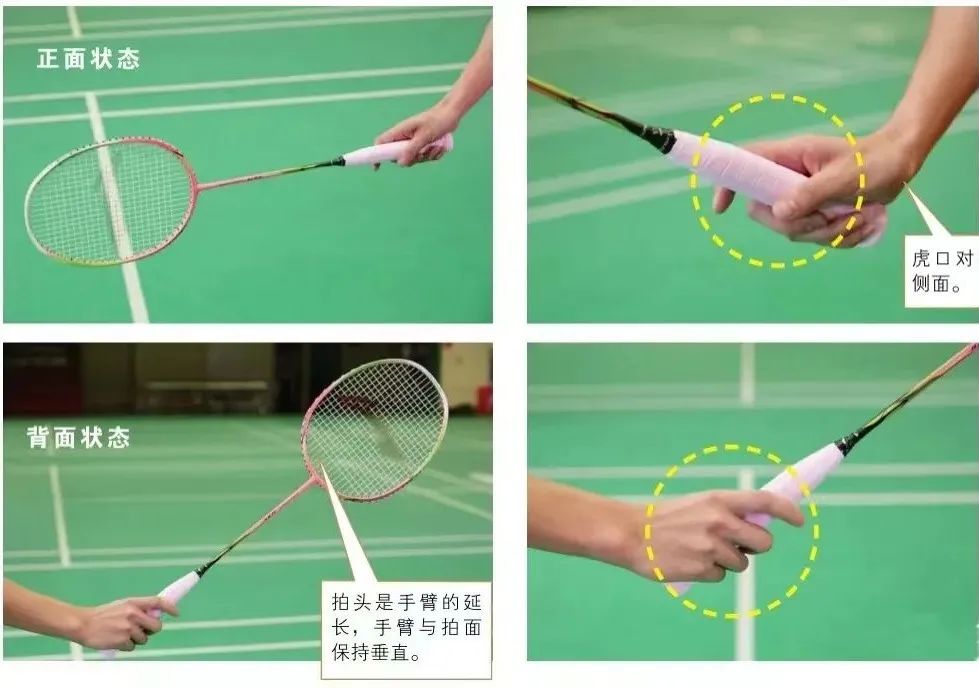
The grip used when hitting the ball with the backhand side of the racket on the left side of the body is commonly referred to as the backhand grip. In this grip technique, the thumb plays a crucial role in generating power, which is why it’s also known as the "thumb grip."
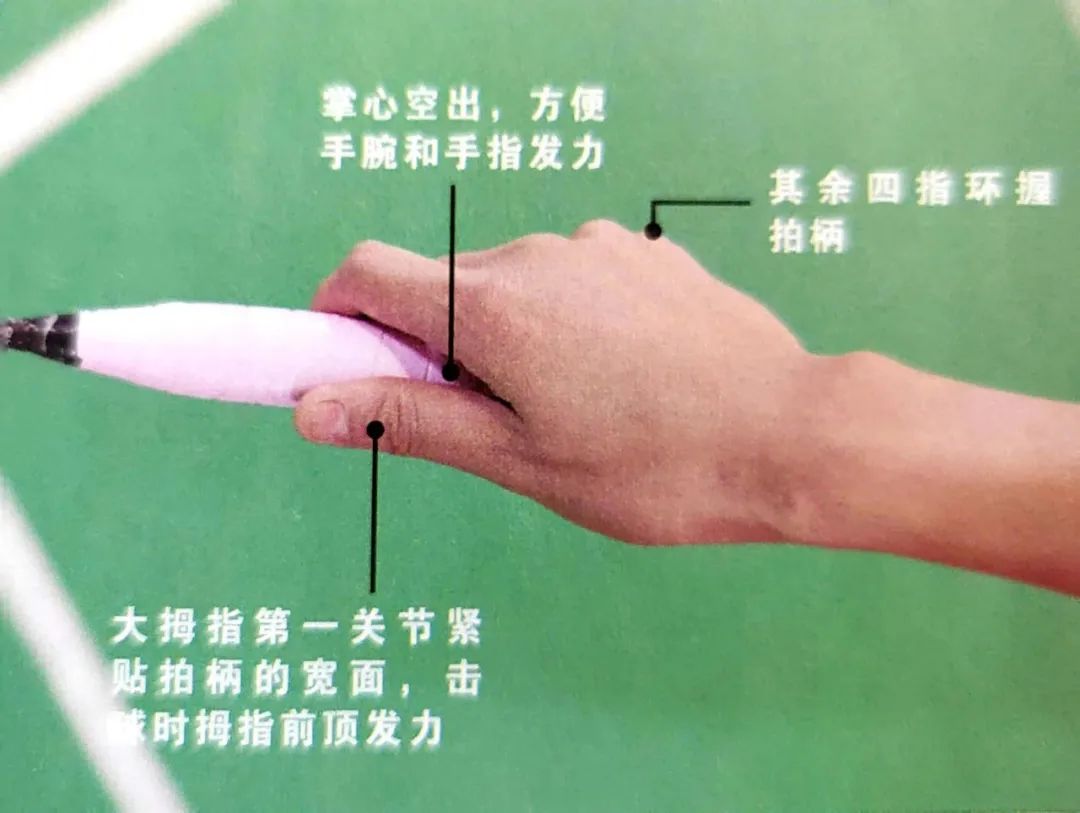
Primarily used for backhand smashes, backhand defenses, and backhand net shots.
Some people are accustomed to keeping their index finger straight along the handle, but this often leads to issues like "handle slippage" when swinging the racket with force.

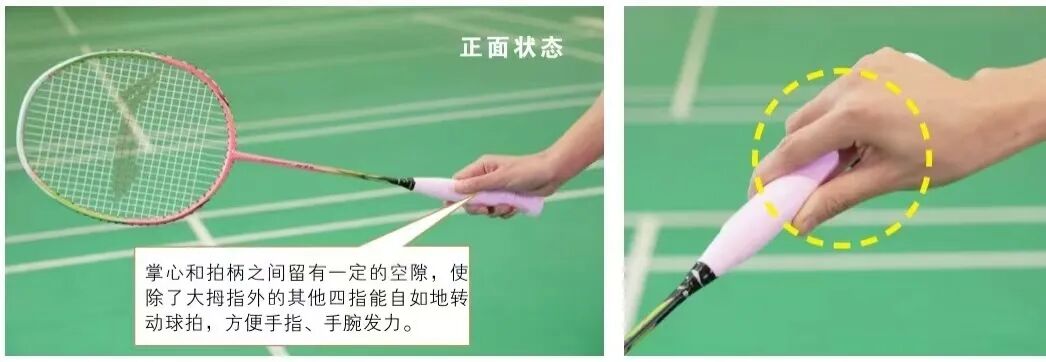

The correctness of your grip significantly impacts your ability to hit the ball effectively. Factors such as controlling the racket face's orientation, optimizing finger strength, and ensuring smooth coordination between your body and the racket all depend on how you hold the racquet—making it crucial to master the proper grip technique.
Holding the racket primarily relies on your thumb and index finger, with the other three fingers providing support. Once your thumb and index finger are positioned correctly, simply let the other three fingers naturally follow to achieve the proper grip.
To hit a good ball, you need to harness the elasticity of your body and the power from your legs—this not only helps you deliver a strong, accurate shot but also fosters well-rounded development of your body coordination and agility, ultimately enhancing your overall batting skills.
The "drop shot," also known as a net drop, refers to a shot technique where the opponent hits the shuttlecock into your side of the court—either the forecourt or midcourt—and you gently tap the base of the shuttlecock with your racket face, causing it to pop upward, clear the net, and then descend into the opponent’s front-court area. A forehand drop shot is simply executed using a forehand stroke.
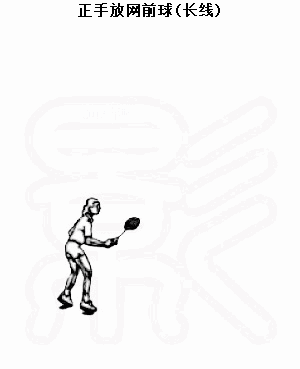
The backhand drop shot is moderately challenging but highly effective in real matches for shifting between offensive and defensive rhythms. The key to the technique lies in precisely controlling finger strength during the return, managing wrist movement amplitude, and maintaining accurate control over the ball's landing point and its height as it clears the net.
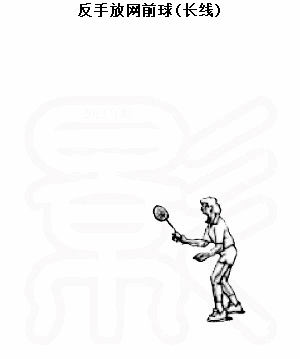
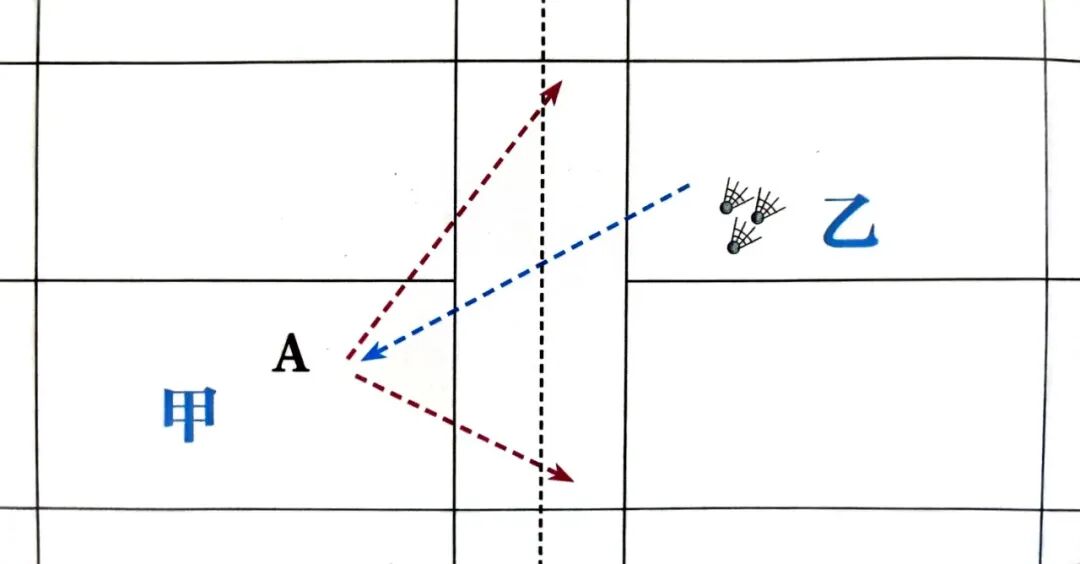
Forehand drop shot
B: Use multi-ball practice. Continuously hit the balls toward area A, keeping the trajectory just above the net, so Player A can practice hitting forehand drop shots near the net.
A: Player A is positioned at position A in the right-front court and hits forehand net shots toward both corners of the opponent's front court.
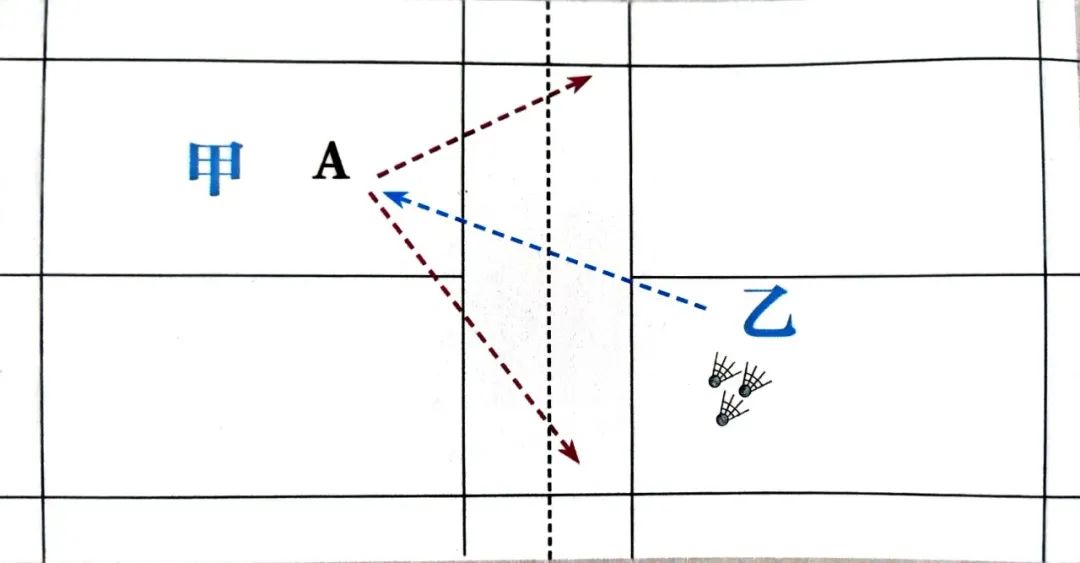
Backhand drop shot
B: Use multi-ball practice. Continuously hit the balls toward area A, keeping the trajectory just above the net, so that player A can practice backhand drop shots at the net.
A: A is positioned at the right-front court position A, executing backhand net shots toward both corners of the opponent's front court.
The "chop shot" refers to a technique where the shuttlecock is struck with the racket on its left or right lower side, causing the ball to spin either to the right or left as it clears the net.
Before hitting the ball, slightly externally rotate your forearm, and quickly flick your wrist from an extended position to a slightly flexed, inward motion. When striking, build upon the forehand netting motion by accelerating the swing and brushing the underside-right of the incoming ball, causing it to spin and roll over the net.
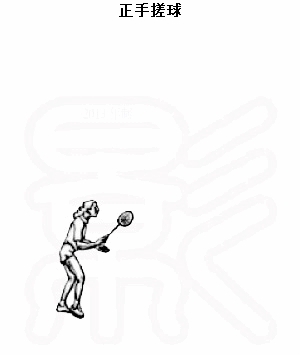
Before hitting the ball, extend and externally rotate your forearm, while pivoting your wrist from a pronated to a supinated position. Then, brush the right rear bottom side of the ball to impart sidespin, causing it to roll across the net with a sideways spin.
Alternatively, you can slightly extend your forearm while rotating your wrist from abduction to adduction, guiding the racket forward in a cutting motion to strike the back bottom of the shuttlecock, causing it to spin downward and roll over the net.
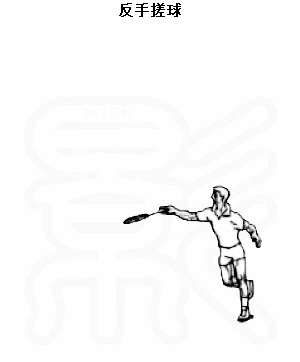

Forehand and backhand flick
B: Keep hitting the ball toward point A, ensuring it doesn’t clear the net too high, so that A can practice forehand chopping without moving much.
A: Positioned at the right-court net, he returns a forehand drop shot toward the opponent's net.
After finishing one set of drills, you can practice backhand chops using the same method.
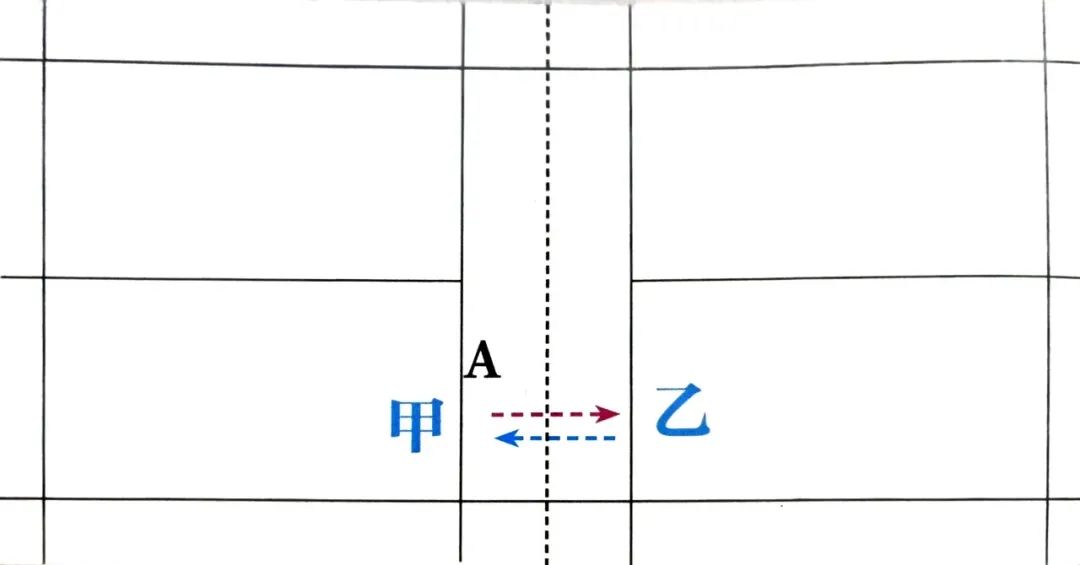
Mutual net play
One player uses the forehand, the other the backhand; after one set of training, the two switch roles—forehand for one, backhand for the other—and continue practicing.

